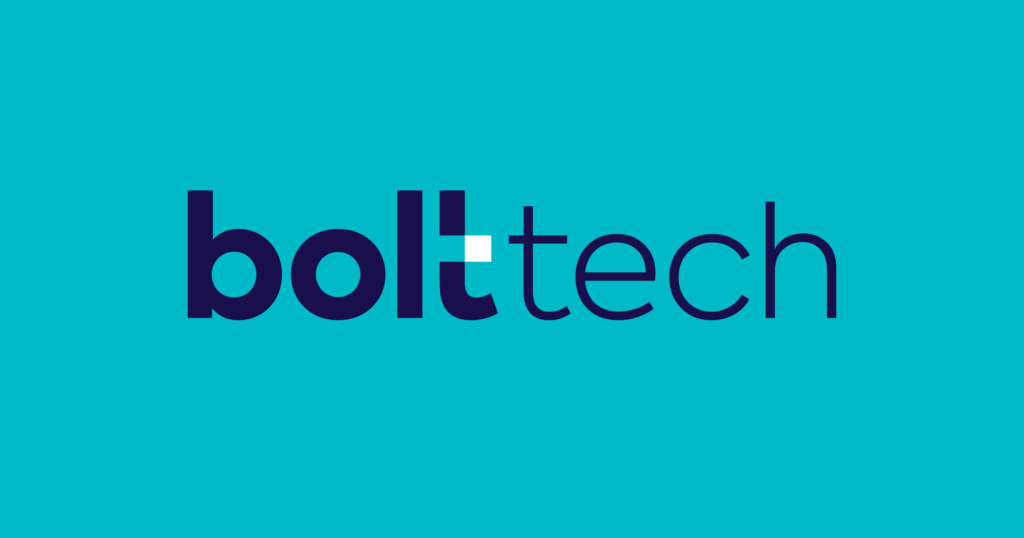Innovation: The Secret to Thriving in a Hard Insurance Market

The insurance market is becoming more challenging for both clients and carriers. Rising premiums, shrinking carrier capacity, and evolving complexities in regulatory requirements have left many feeling uncertain on both sides of the market. Luckily, carriers already have a secret weapon they can leverage for success – innovation. With a shift in how we think about strategies for insurance carriers, smart use of evolving technology, and a sprinkling of human ingenuity, insurance market innovation is both possible and necessary. The time to position yourself for a better market future is now.
What Does a Hard Insurance Market Mean?
The insurance market is very traditional and set in its ways. After all, risks rarely abate, and people need the assurance of protection no matter what happens.
The emphasis on tradition and stability and risk-averse tendencies in the industry, however, have throttled insurance market innovation. While P&C insurance premium increases are higher than average market increases, which looks a lot like thriving, in reality, this was a short-term response to a market suffering from several problems:
- High Premiums: High premiums are indicators of a hard market when paired with volatile inflation. While they offer a short-term boost to profitability, they’re a non-optimal way to compensate for viability issues and an increasingly complex marketplace that ultimately sheds customers and erodes trust.
- Reduced underwriting capacity: Lower coverage limits, fewer carriers for certain risks, and making reinsurance more expensive and harder to obtain again leads to a shrinking market and reduced relevance. It especially limits a carrier’s ability to serve high-risk or underserved markets.
- Stricter underwriting guidelines: As guidelines become more rigorous, we see more exclusions and coverage restrictions, more man-hours needed to manage them, and higher deductibles, again eroding trust and relevance.
However, it’s important to understand some of the insurance capacity challenges in the industry:
- Climate-Related Stress: As natural disasters increase in frequency and severity, so does uncertainty in catastrophe modeling and reconstruction costs, creating challenges in pricing future climate risks and throttling insurance capacity.
- Social Inflation: As liability expands in the digital age, challenges have grown. Social views on corporate responsibility have changed, jury awards and settlements have increased, and rising litigation is straining insurers.
- Rising Claims Costs: The post-pandemic landscape is characterised by labor shortages, supply chain disruptions, and volatile and high inflation. Costs are rising across the board, and new technology is increasingly difficult to repair, with higher costs, impacting insurer’s scope and abilities.
What does this mean for carriers and the people looking to them for coverage?
On the carrier side, it creates a cycle where finances are throttled. This means more frequent rate adjustments, higher reinsurance costs, and pressure on combined ratios, all in a low-yield environment. Greater technical expertise and technology investment are essential, while the underwriting workload has increased. Talent recruitment and retention is also a factor.
For the insured, the result is higher premiums, reduced coverage, and increased deductibles. Alongside budget strain, fewer carrier options and longer placement timelines impact how people view and seek insurance.
Carriers urgently need innovative strategies and tools to optimize their operations, expand their market reach, and deliver value-driven insurance solutions that meet the consumer’s demands for affordability, transparency, and convenience.
To navigate these challenges successfully, both carriers and buyers need to:
- Invest in better risk management practices
- Explore alternative risk transfer options
- Leverage technology for efficiency
- Build stronger carrier-broker-client relationships
- Focus on long-term sustainability rather than short-term pricing
While challenging, these conditions also create opportunities for those carriers who can effectively manage risks and develop creative solutions. Especially when you have a tried-and-trusted digital distribution partner like bolt to assist.
Now, let’s look at some actionable strategies that will help you thrive in a hard insurance market.
Solution 1: Leveraging Surplus Lines to Address Capacity Constraints
There are many benefits to surplus lines for insurance carriers. Surplus lines insurance offers flexible coverage options and creative solutions for hard-to-place risks, offering:
- Greater underwriting flexibility to tailor coverage
- The ability to insure unique or high-risk exposures
- Freedom from rate and form regulations
- Opportunities to innovate with coverage solutions
Imagine your client wants coverage for a commercial property in a hurricane-prone coastal area. Surplus lines carriers can step in where traditional coverage fails. By creating custom coverage forms and risk-specific pricing, you can add unique risk management requirements and structure creative deductible options.
Surplus lines insurance is a valuable way to:
- Maintain market presence in challenging sectors
- Test new products or coverage approaches
- Cover unusual risks that exceed the standard market scope
- Develop specialized expertise in niche markets
In short, surplus lines insurance allows carriers to offer insurance market innovation despite a hard market.
Solution 2: Driving Efficiency Through Technology
Efficiency in insurance operations is essential and should be a key strategy for insurance carriers. AI in insurance and evolving digital insurance carrier tools are a fantastic way to cut the strain on carriers and address insurance capacity challenges while keeping costs tight. AI in insurance offers many benefits, such as:
- Streamlined Underwriting: From admin load reduction to automated risk assessment based on data analytics, AI in insurance has much to offer. Add in instant policy quotes for non-complex coverage and real-time pricing based on market conditions for further efficiency.
- Enhanced Claims Management: AI in insurance also allows for automated fraud detection, predictive analytics for claims severity, and better “triage” and routing, allowing for faster claims settlement.
- Digital Advantages: Real-time communication tools, automated policy administration, digital document processing, and customer self-service all boost efficiency in insurance operations.
These technological improvements help carriers maintain profitability in hard market conditions while still delivering better service to clients. The key lies in selecting the right tools and partners.
Solution 3: Embrace Digital Distribution
Using digital insurance distribution and digital platforms for insurance carriers allows carriers to thrive in a hard insurance market. Making the most of the digital age goes beyond just using AI in insurance. There are many new insurance carrier tools on offer to simplify and improve the client-carrier relationship further.
Successful digital distribution platforms, like bolt’s own, serve as crucial intermediaries between insurance carriers and their target markets. Often automated and API-driven, they allow carriers to connect directly with agents, brokers, and embedded insurance partners through a one-stop portal. The digital insurance distribution market is expected to grow at a CAGR of 11.24%, reaching $301.51 billion by 2031.
Digital insurance distribution offers several benefits, including shifting how carriers and customers interact and greatly expanding potential market reach. One bolt partner saw vastly improved customer ratings with their digital adoption, for example.
Digital insurance distribution also reduces redundant, repetitive data entry and administrative tasks for tighter operational costs and better customer service. Claims processing times can be reduced by 25%-50% and are estimated to have saved the industry as a whole $12 billion in 2018 – before AI in insurance arrived to offer a further budget-beating impact.
Lastly, digital platforms for insurance carriers allow greater automation and standardization for efficiency in insurance operations and create opportunities to develop new products and improve existing ones. Real-time quoting capabilities allow carriers to adjust rates dynamically based on market conditions and risk factors, while automated underwriting rules ensure consistent risk assessment across all channels.
When a leading insurer partnered with bolt’s digital platform for insurance carriers, they saw significant growth in their agent network, added $4 billion in new premiums, and were able to process over 20,000 daily quotes, vastly improving scalability.
How to Thrive in a Hard Insurance Market: Key Takeaways
The current economic climate is not easy, but with the right strategies for insurance carriers, a hard insurance market needn’t be a hurdle to growth and profitability. Insurance market innovation is, however, critical. If you’re looking to thrive in this hard insurance market as a carrier, ensure that you:
- Evaluate your current capacity and explore surplus line partnerships.
- Invest in AI and automation tools to enhance operational efficiency.
- Adopt a digital-first strategy to meet modern consumer expectations.
Navigate the Hard Insurance Market with Confidence—Partner with bolt
Carriers must adapt swiftly to shifting market conditions. bolt empowers you with a scalable, tech-driven platform that accelerates growth, expands distribution channels, and optimizes operational efficiency. Whether you need surplus lines capacity, seamless digital distribution, or data-driven insights for smarter underwriting, bolt provides the agility and innovation necessary to thrive in a hard market. Stay competitive, maximize profitability, and deliver superior customer value with bolt’s industry-leading solutions.
Learn how we can help your business turn challenges into solutions in a hard insurance market. Reach out today.
Further Reading
Featured
 18 June 2024
18 June 2024
 15 August 2024
15 August 2024
 1 July 2024
1 July 2024
